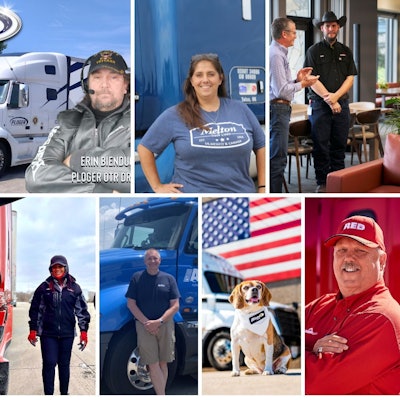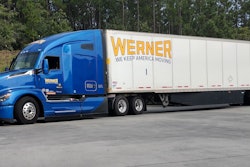Something important happened during the COVID pandemic that was very important for the trucking industry: the American public came to the realization that toilet paper doesn’t come from the store. It has to be brought to the store by a truck. No matter how many times we have said it in the past, there was a disconnect.

Once the nation understood the essential nature of the trucking industry everything seemed to change, at least for a while. In a stunning turn of events, the trucking industry was being asked by policy makers about our needs. For a time, the government was interested in the process of getting and renewing Commercial Drivers Licenses. They were interested in the lack of truck parking. They were interested in cutting red tape. They were generally willing to help.
While some of that favorable sentiment still hangs on, many of the policy makers have since turned to the next crisis. But through this process, we were reminded of something very important: we need to do a more effective job of managing the perception of the industry.
We have a great story. We have great people. We have tried for decades to get our story out. We just need to find more effective ways to maintain positive sentiment which can pave the way for more favorable conditions to operate our companies.
The trucking industry is responsible for the grand majority of the domestic movement of goods in the United States. Trucks move 72% of the country’s freight calculated by volume, or 81% of the country’s freight calculated by revenue. According to the ATA Freight Transportation Forecast 2021 to 2032, there are approximately 3 million operational Class 8 heavy duty tractors, that move over 11 billion tons of domestic freight, traveling approximately 195 billion miles every year. That is the equivalent of hauling over 24 trillion pounds of cargo around the circumference of the earth 7.8 million times every year.
This is the same precious cargo that supplies manufacturing plants, restaurants, grocery stores, hospitals, schools, houses and everything else that we depend on every day.
So, what do we need to do to effectively build and maintain our image? That is not a simple answer, but there are some steps we can take. For example, we need more people in our industry to tell our story. Every person employed by this industry has an obligation to be a part of the solution. Tell policy makers, decision makers, influencers, neighbors, family, and friends.
Tell them what we do. Tell them how much progress we have made in reducing emissions Tell them about how much safety technology we are investing in. Tell them that most trucking companies are small businesses. Tell them how hard our drivers work and how much they have to sacrifice by being out on the road. Tell them about our challenges. Tell them about proposed regulations. Tell them that 8.4 million people in the U.S. (excluding self-employed) are employed in a job directly related to trucking activity. Remind them where their toilet paper comes from.
When the freight stops moving, the world as we know it stops. Let’s keep telling our story.













